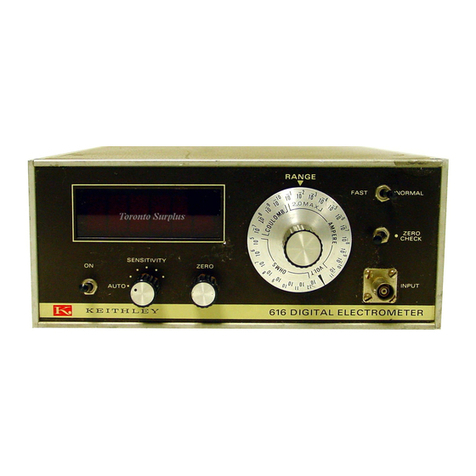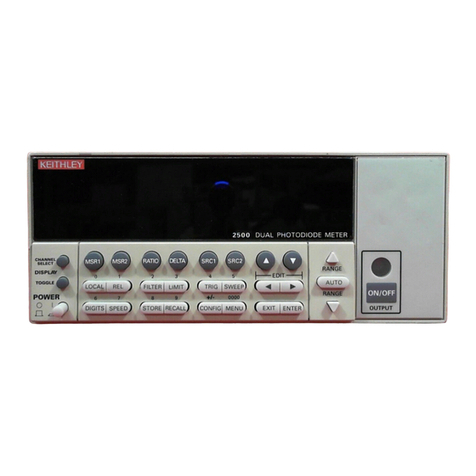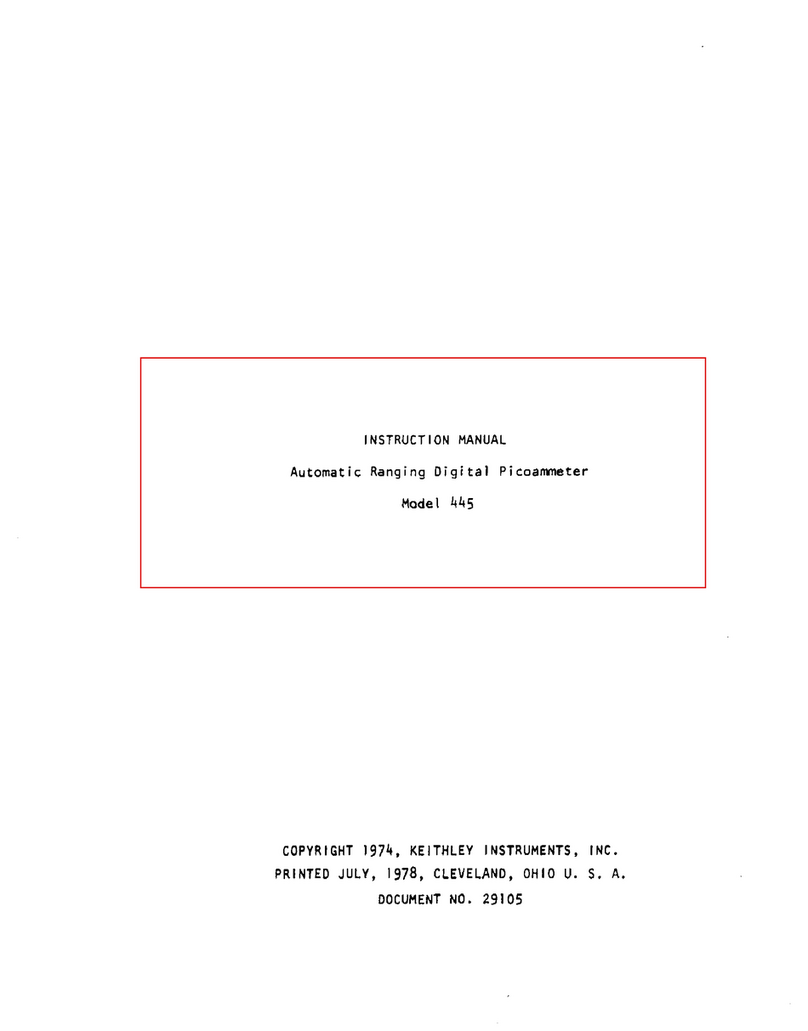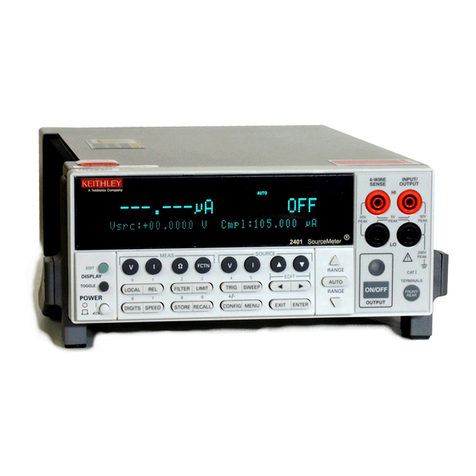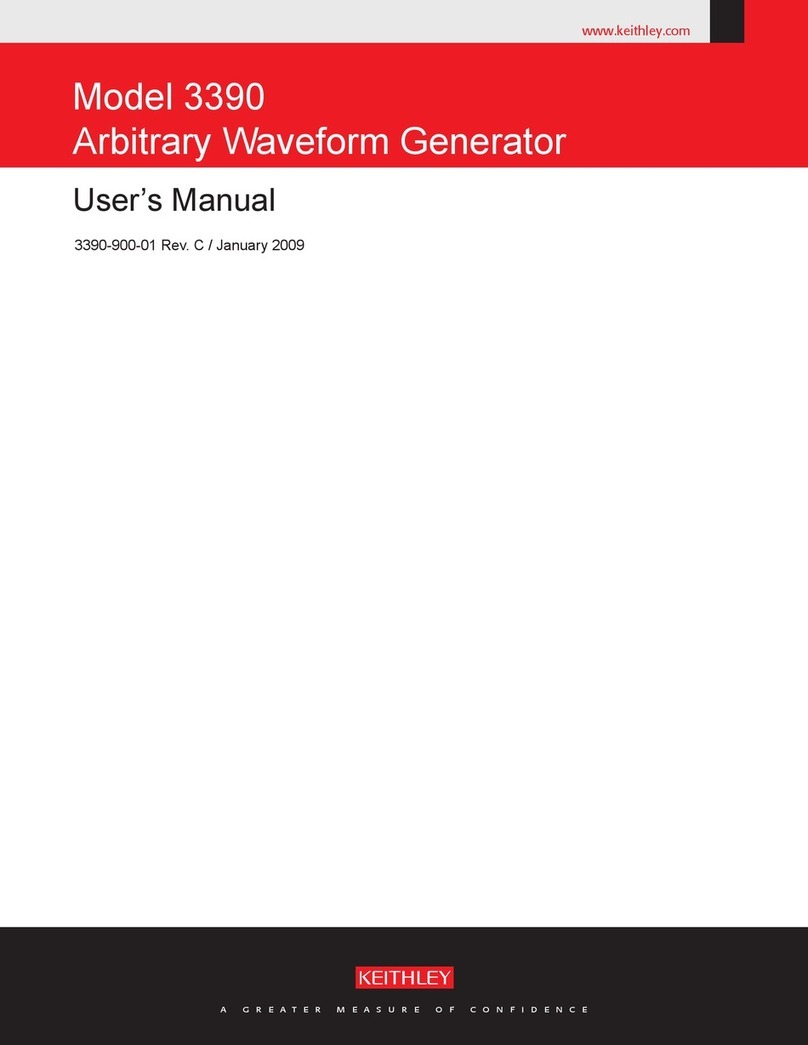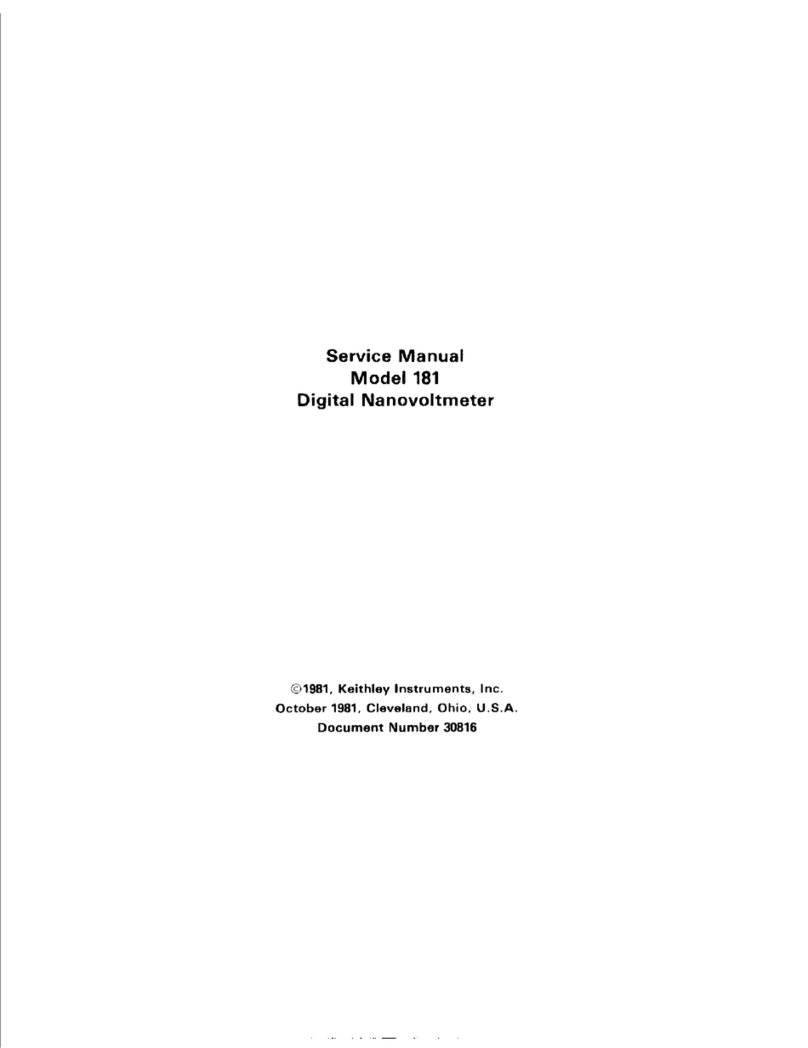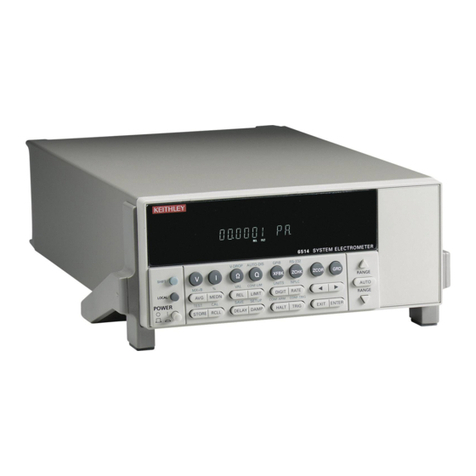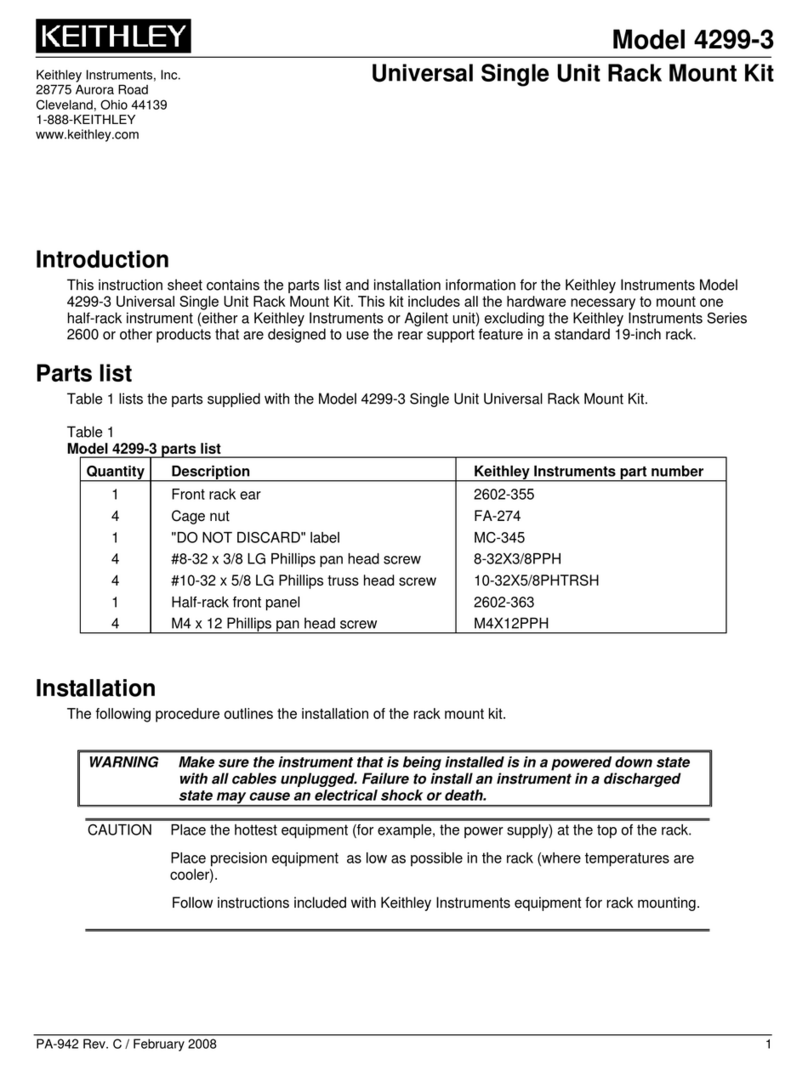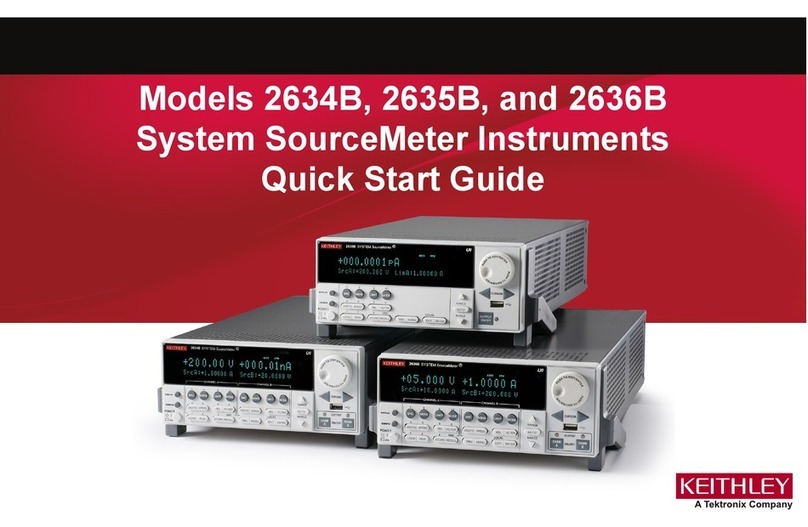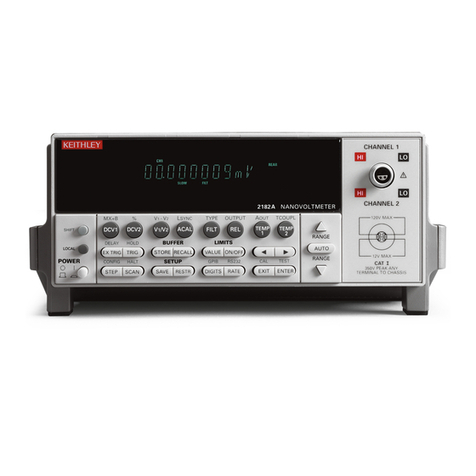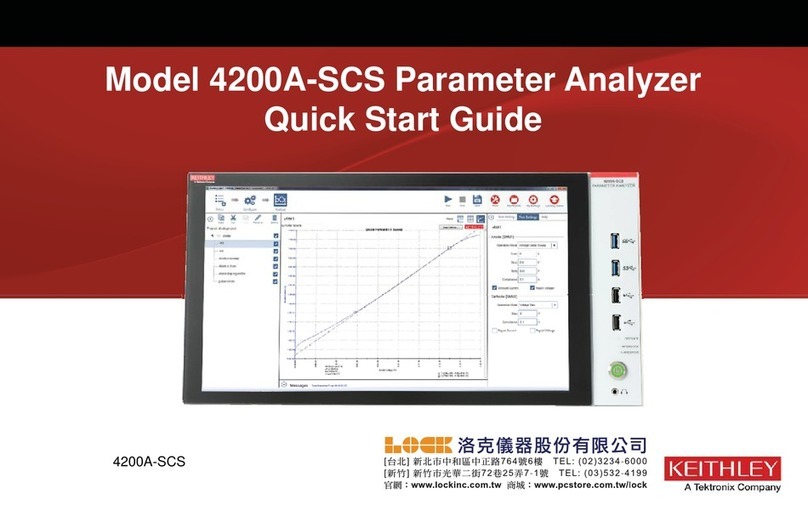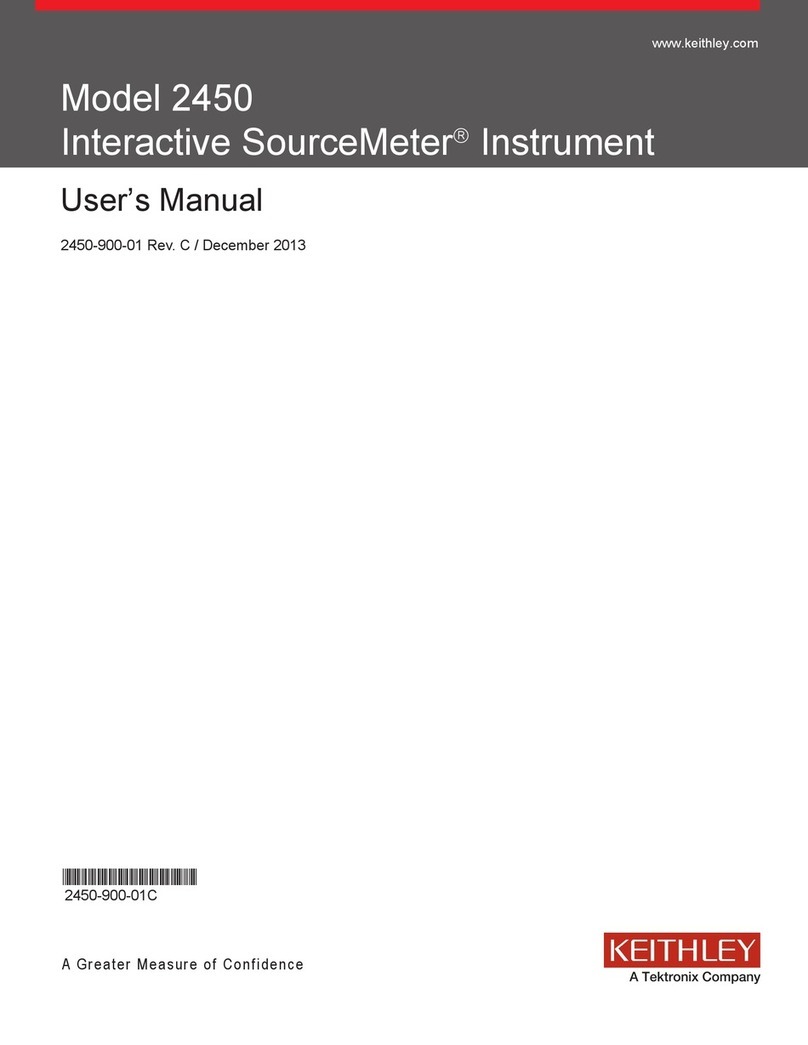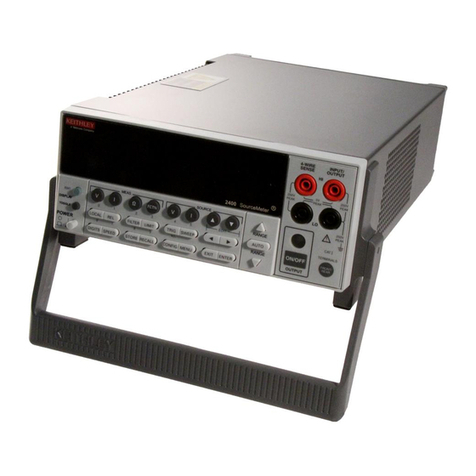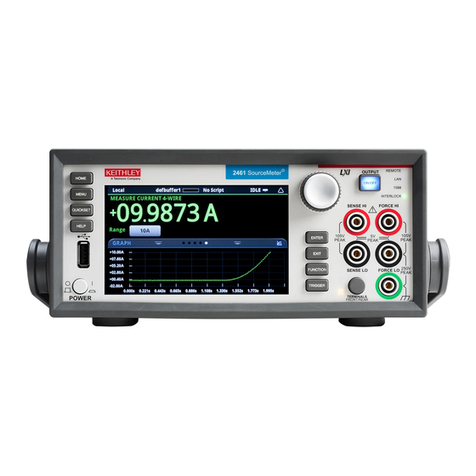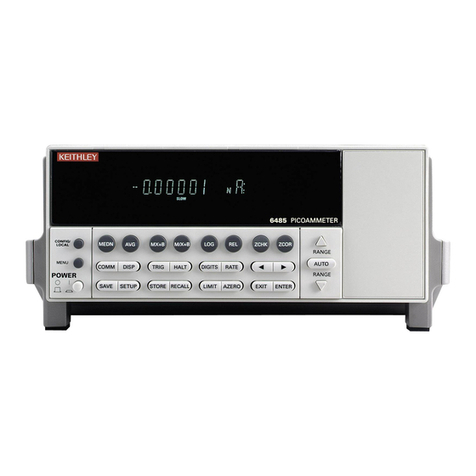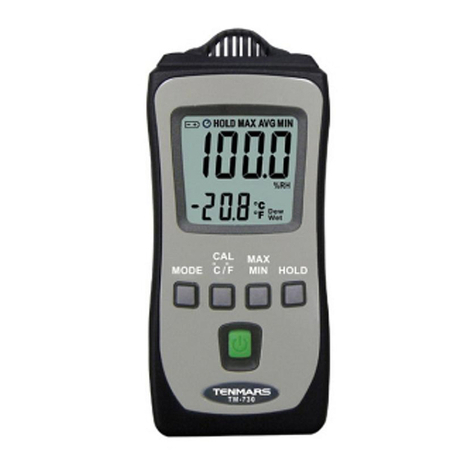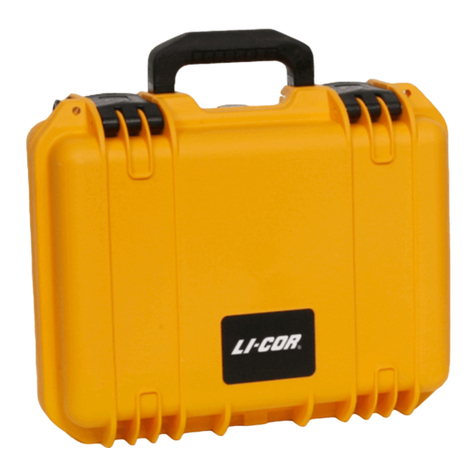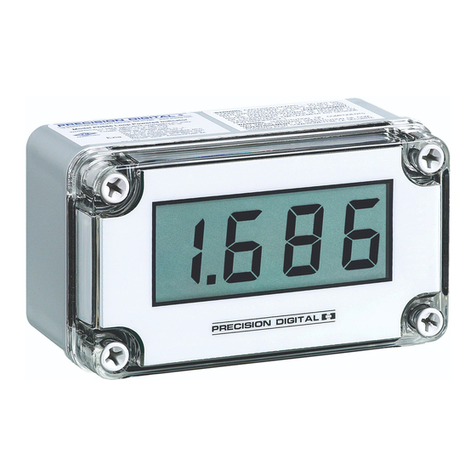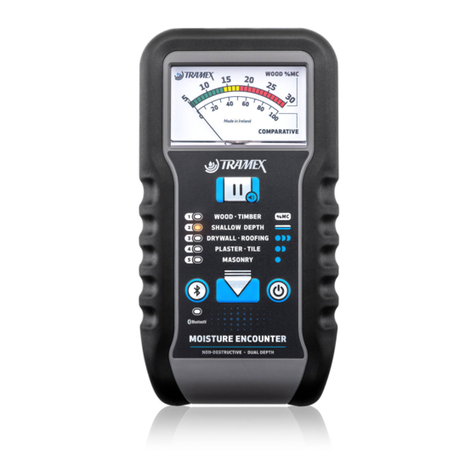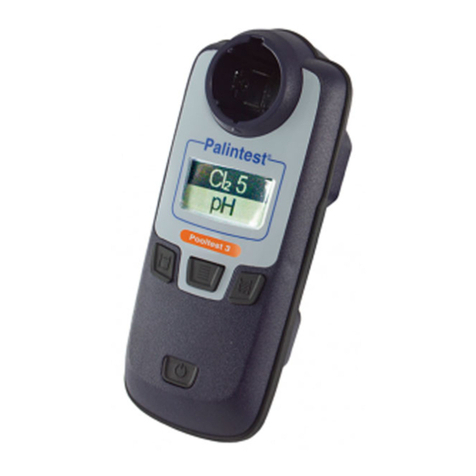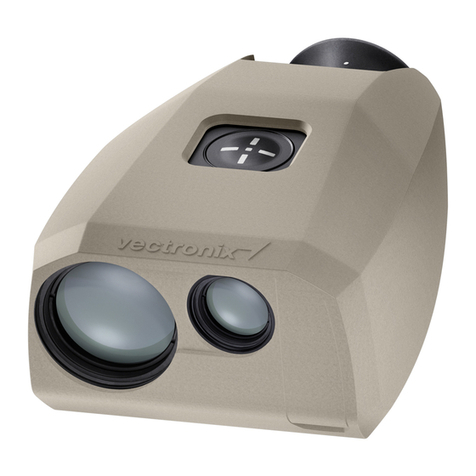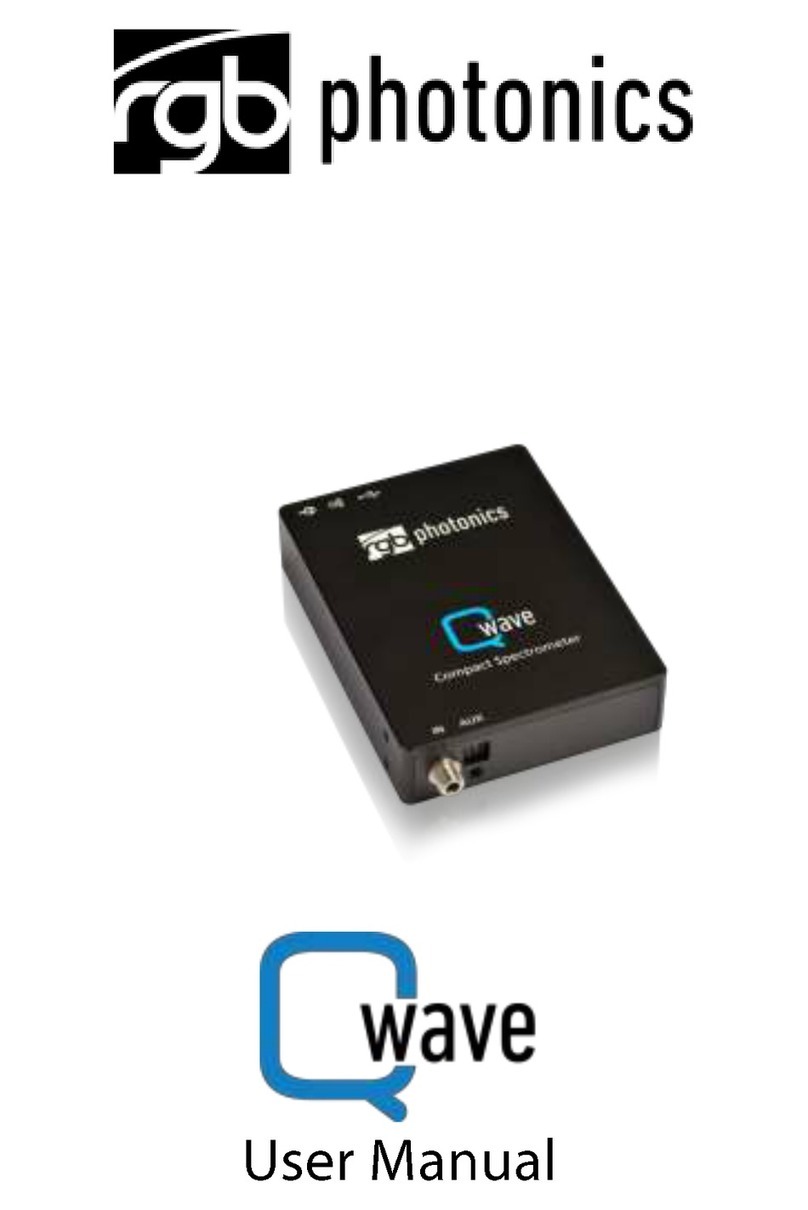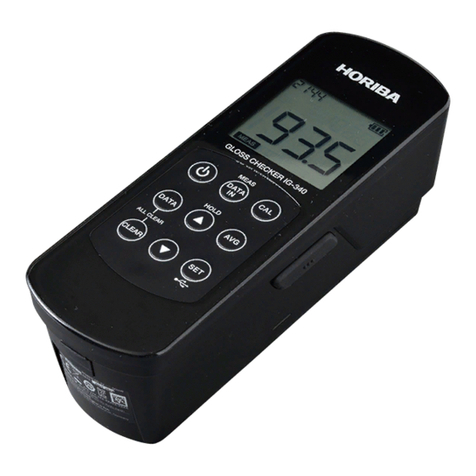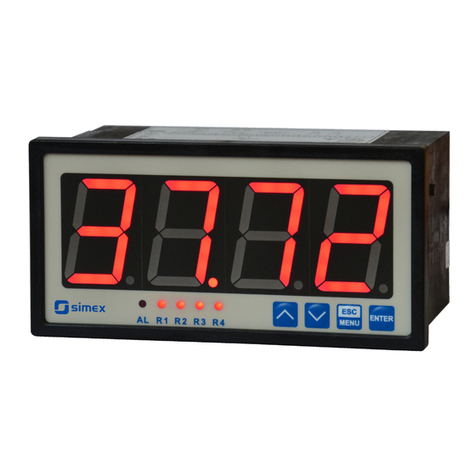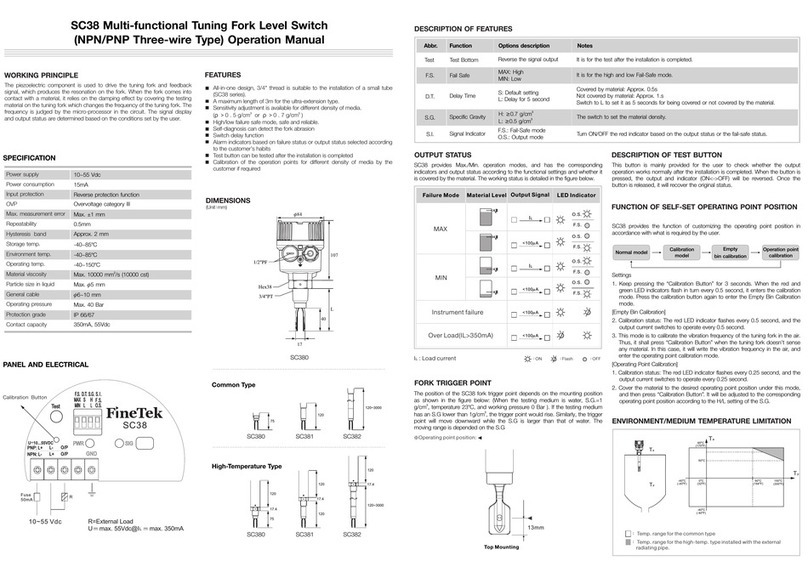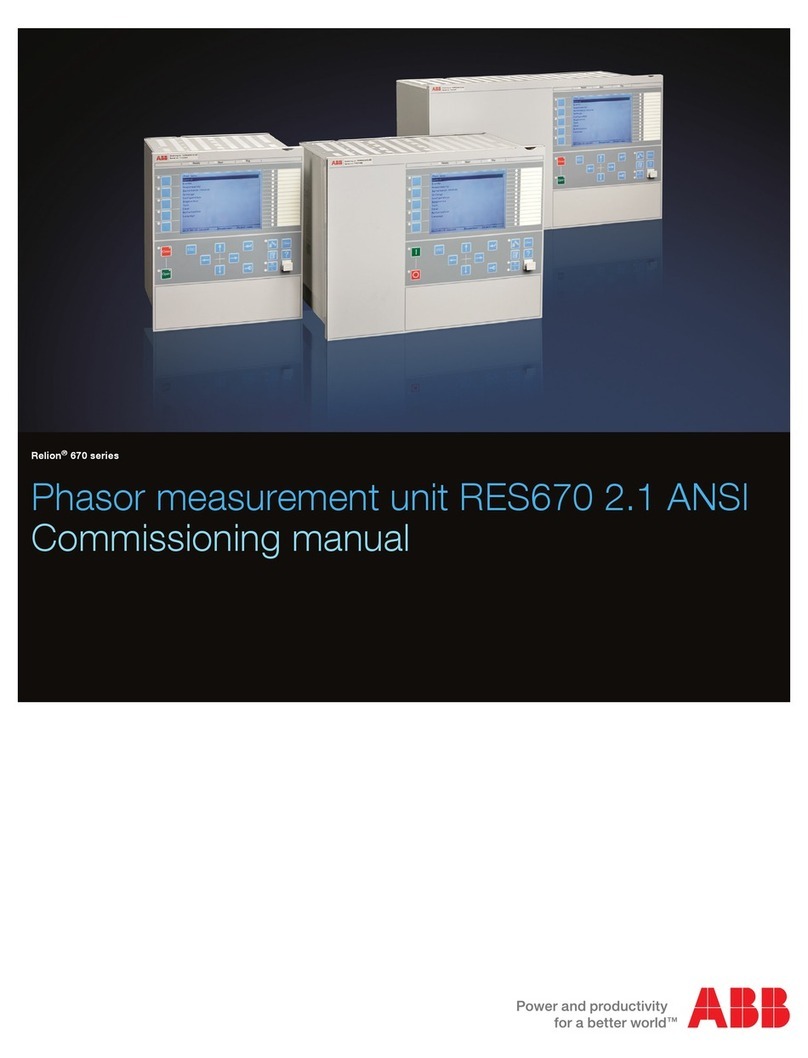
If shorti.ng the grid does not remove the ac signal, move
the short to the grid of V-21 (pin 2). If the hum now
disappears, either Vl is defective, Cl07 is open, or there
is excessive hum in B-plus. If the hum does not disappear,
V2 is defective or there is excessive hum in the power
supply. (At the plus terminal of
ClO6,
the hum should be
less
than 100 microvolts RMS. At the plus termi.nal of
C12OA it should be less than 5 millivolts RMS).
If the signal still persists, remove V2 from its socket
and short pin 2 or V3 to grcund. The residual signal from
the demodulator should not exceed about 1 volt, peak to
peak. If the signal seen is still very large, replace
defective diodes RFlCs through 108. (The diodes are rated
tc pass about 1 milliampere at a five volt forward voltage
and should have about a 100 megohm back resistance).
It is also possible that the siganl observed at the plate
of V2B will be very small in amplitude and not affected
by the short-circuited zero control. In this case either
Vl or V2 is not amplifying. To check this, place the
oscilloscope at high sensitivity at the plate of Vl (pin
6)
and rotate the short circuit ZCI‘O control. If the signal
appears
and
is capable of being nulled, V2B ins at fault.
Once the defective amplifier stage is located, the operat-
ing points may be checked against the Voltage-Resistance
Diagram at the rear of the manual, and the defect located.
d. If no defect has been found in the ac amplifier or Ci.5
demodull.:c?, replace V& and unshort the output. Short
pin 2 of V3 to ground. Locate Rl28 (DC AMP BAL). On
the bench model, this control is accessible from the rear;
on the rack model, the control is located on a ceramic
board to the left rear of the instrument. If the dc am-
plifier is functioning it: will'be'possible to swing the
meter pointer through zero and against both stops, al-
though the action of the control will be very coarse.
If it is not possible to swing through zero, measure the
voltage at pin 6 of V3B. When varying R128, this voltage
should swing through 100 volts. If it will not pass
through 100 volts of the resistors associated with the
stage have changed value. Check according to the sche-
matic and the Voltage-Resistance Diagram.
I
v-2



















